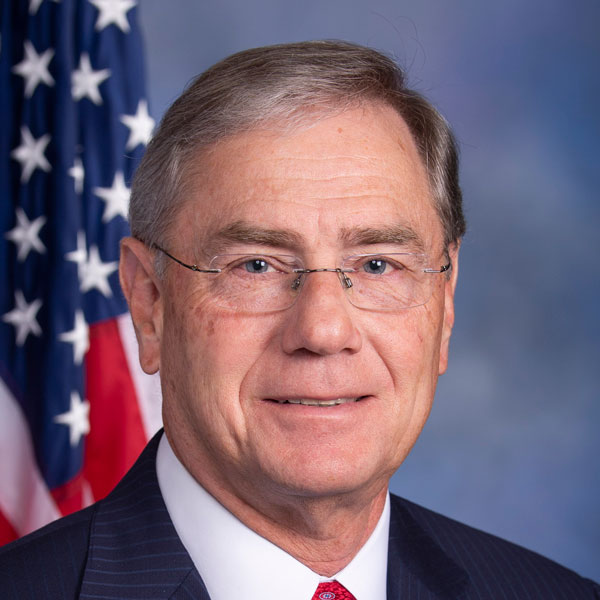Columns
Blaine's Bulletin: The History Behind Washington's Historic Cherry Blossoms
Washington,
April 7, 2017
Spring is a particularly popular time of year for many Americans to visit our nation’s capital. If you travel to Washington in early April, chances are you will have an opportunity to see the famous cherry blossoms in bloom. The most famous place to view them is around the Tidal Basin near Thomas Jefferson’s Memorial.
Spring is a particularly popular time of year for many Americans to visit our nation’s capital. If you travel to Washington in early April, chances are you will have an opportunity to see the famous cherry blossoms in bloom. The most famous place to view them is around the Tidal Basin near Thomas Jefferson’s Memorial. While the cherry blossoms themselves are quite famous, they have an interesting history that is less known, which is intertwined with the history of the relationship between the United States and Japan. This relationship is one of our most important commercial and strategic partnerships. The relationship goes back to the 1850s, when President Millard Fillmore dispatched Commodore Matthew Perry to open Japanese ports to American trade. Prior to that, Japan, ruled by the military government of the Tokugawa Shogun, had maintained a policy of national seclusion. The cherry blossoms entered the story in 1912, when Mayor Yukio Ozaki of Tokyo gifted 3,000 cherry trees to Washington. This gift was meant to symbolize the friendship between the United States and Japan. The first batch of trees arrived in Washington in 1910, only to be disease ridden. However, neither Japanese nor American officials gave up on ensuring that the cherry trees would reach our shores. Four individuals were instrumental in the process: Dr. Jokichi Takamine; Dr. David Fairchild; Eliza Scidmore; and First Lady Helen Herron Taft all coordinated the arrival of the next batch of over 3,000 trees to Washington. After this successful shipment arrived in 1912, First Lady Taft and the wife of the Japanese ambassador planted the first two trees on the north bank of the Tidal Basin. The annual National Cherry Blossom Festival commemorates this event. Since the inaugural arrival of the cherry trees, many gifts have been exchanged between our two countries in order to further promote educational and cultural ties between the American and Japanese peoples. In particular, in 1915, the United States gifted the people of Japan several flowering dogwood trees which are also distinguished by their bright blossoms and distinctive bark. The Japanese attack on Pearl Harbor in December 1941, which drew the United States into World War II, necessarily fractured the relationship between our two countries. Four of the cherry trees were cut down in what many believe was a response to the Pearl Harbor attack. The war ended on September 2, 1945, aboard the USS Missouri, when Imperial Japan formally signed the instrument of surrender. The National Cherry Blossom Festival itself was suspended due to the outbreak of the war until 1947. From then on, our friendship with Japan and her people has remained robust. Missouri has a strong economic relationship with Japan, as more than $500 million in goods from our state were exported there in 2015. Japan is also a critical security ally in the Pacific, as recognized by the fact that Prime Minister Shinzo Abe was one of the first foreign leaders to visit President Trump. The relationship between these two leaders is particularly important today given the regular and increasingly provocative threats from North Korea’s regime. This year, the cherry blossoms reached their peak bloom in early April and I was pleased to learn that lots of Missourians had decided to spend their spring breaks and vacation days visiting all of the sights that Washington has to offer. If you, your family, your neighbors, or your co-workers plan to visit Washington, please contact my office. We are more than happy to assist you in planning your visit, and would be pleased to give you a special tour of the United State Capitol. If you are in Washington this springtime or summer, please remember to tag me in your pictures on Facebook or Instagram so I can see all of the historic places you are visiting while in the city! |
